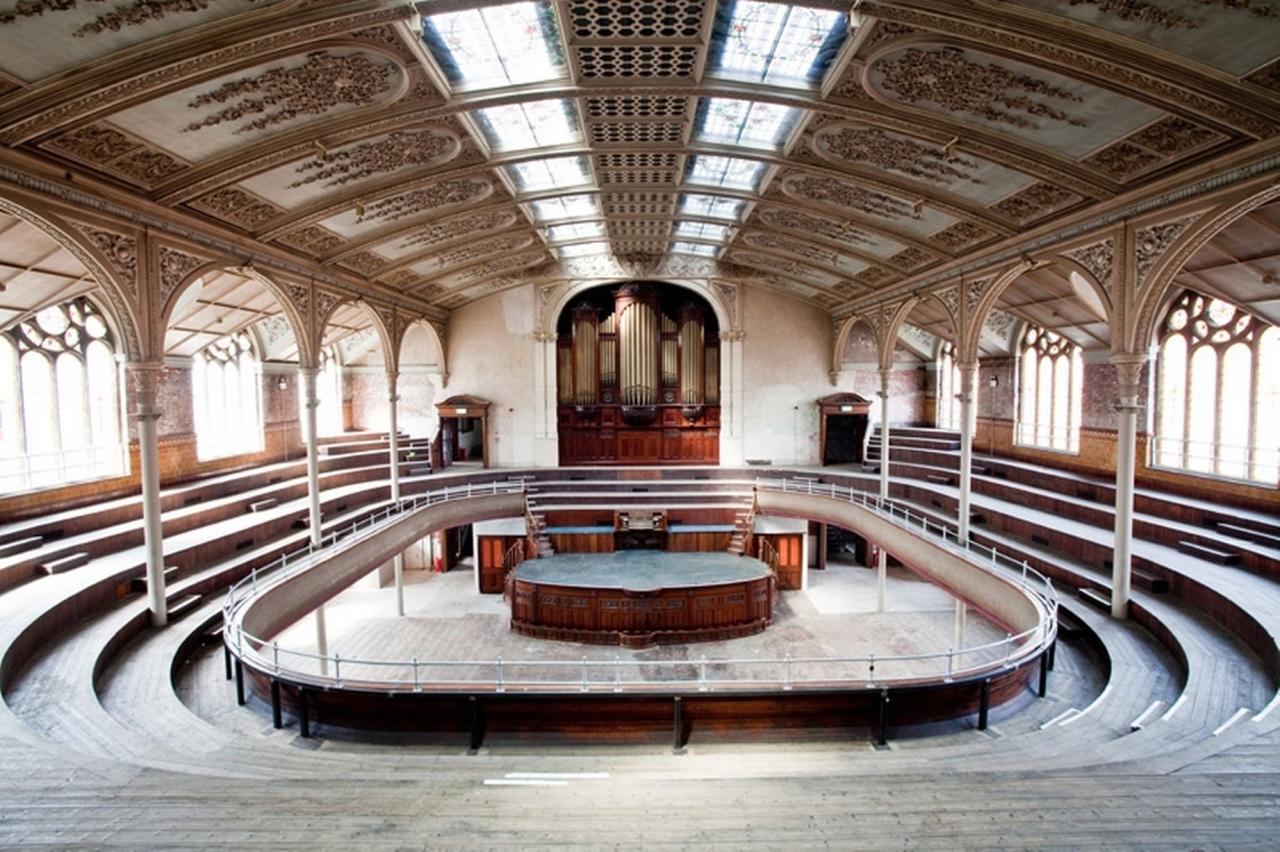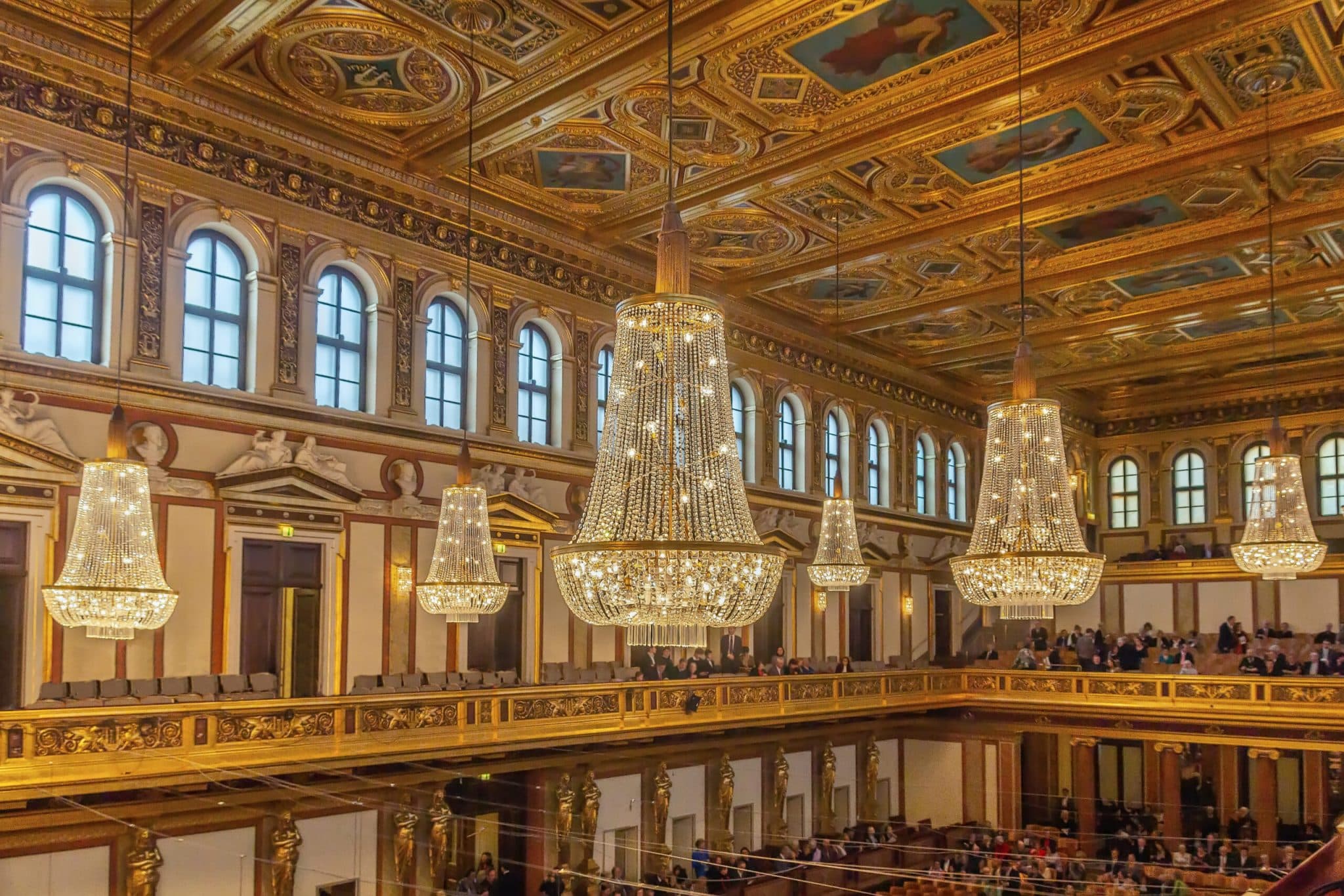Standing majestically atop Syracuse University’s historic "Hill," the Hall of Languages is more than just a building; it is the venerable cornerstone, the architectural emblem, and the enduring heart of one of America’s prominent research institutions. With its distinctive Second Empire Victorian architecture, a rich tapestry of history woven into its very bricks, and a contemporary role as a vibrant academic hub, the Hall of Languages commands attention, inspires awe, and embodies the spirit of intellectual pursuit that has defined Syracuse University for over a century and a half.
A Beacon of Architectural Grandeur: The Second Empire Masterpiece
Completed in 1873, the Hall of Languages was the inaugural building of Syracuse University, a testament to the ambitious vision of its founders. Designed by the renowned local architect Horatio Nelson White, whose influence is seen across Syracuse’s urban landscape, the building is a prime example of the Second Empire style, a popular architectural movement of the mid-19th century. This style, characterized by its ornate detailing, monumental scale, and iconic mansard roof, was intended to convey a sense of gravitas, sophistication, and permanence – qualities perfectly suited for a burgeoning university.
The Hall of Languages immediately captivates with its striking silhouette. Its imposing red brick façade, interspersed with lighter sandstone trim, rises four stories, culminating in the signature mansard roof. This roof, with its characteristic double slope, is punctuated by numerous ornate dormer windows that add rhythm and elegance to the building’s upper reaches. Cast iron cresting along the roofline and decorative elements around windows and cornices further enhance its Victorian charm, creating a visual feast of textures and patterns. The building’s central pavilion, with its grand entrance and prominent clock tower (though the original tower was taller and more elaborate, later modified), serves as a focal point, drawing the eye upward and emphasizing its central importance.
Step inside, and the architectural grandeur continues to unfold. The main entrance opens into a spacious vestibule, leading to a magnificent central staircase that ascends dramatically through the building’s core. High ceilings, large arched windows that flood the interior with natural light, and wide corridors evoke a sense of spaciousness and scholarly dignity. Though modern renovations have adapted spaces for contemporary academic needs, the essential character – the solid craftsmanship, the generous proportions, and the palpable sense of history – remains profoundly intact. The building’s design not only made a powerful aesthetic statement but also provided functional spaces for the varied needs of a university in its infancy.
The Genesis of an Institution: A Chronicle of Syracuse University’s Birth
The story of the Hall of Languages is inextricably linked with the very genesis of Syracuse University. Chartered in 1870, the university emerged from the post-Civil War era, a period of immense social and intellectual change in America. The Methodist Episcopal Church, a driving force behind its establishment, envisioned an institution of higher learning that would be open to all, regardless of gender, a progressive stance for its time.
With land acquired on the undeveloped "Hill" overlooking the city of Syracuse, the daunting task of building a university from scratch began. Construction on the Hall of Languages commenced in 1871, and by 1873, it stood ready to welcome its first cohort of students. In its nascent years, the Hall of Languages was a microcosm of the entire university. Its stately halls resonated with the diverse discourse of nascent academic disciplines, housing not only classrooms for classics, literature, and the burgeoning sciences but also administrative offices, a library, a chapel, and even a rudimentary laboratory. It was the sole nerve center, the intellectual crucible where the foundational principles of Syracuse University were forged.
Imagine the scene: students, both male and female, ascending the grand staircase, their footsteps echoing through the corridors, eager to engage with new ideas and knowledge. Faculty members, pioneers in their fields, would have held classes, conducted research, and administered the growing institution within these very walls. The building quickly became synonymous with the university itself, its image frequently appearing on early promotional materials and postcards, symbolizing the promise and potential of Syracuse University. As the university expanded and new buildings were constructed, the Hall of Languages gradually transitioned from housing all functions to specializing in its namesake disciplines, yet its foundational importance was never diminished.
An Enduring Academic Heart: The Hall of Languages Today
True to its name, the Hall of Languages has predominantly served as the academic home for the study of languages, literature, and the humanities throughout much of its history. Generations of students have delved into the intricacies of ancient Greek, Latin, French, German, Spanish, and countless other tongues within its classrooms. The building has been a sanctuary for linguistic exploration, a place where cultures are understood through their words, and where the rich tapestry of human expression is celebrated.
Today, the Hall of Languages continues this legacy as a vibrant and active learning environment. It houses several key departments, including the Department of Languages, Literatures, and Linguistics, where students master critical communication skills and gain profound insights into global cultures. Additionally, it often hosts departments like Writing Studies, Rhetoric, and Composition, Philosophy, and Religion, reinforcing its role as a central pillar of the humanities at Syracuse University. The building remains a dynamic hub where lectures are delivered, seminars are debated, research is conducted, and academic friendships are forged.
Despite its age, the Hall of Languages is a thoroughly modern educational facility. While preserving its historic charm, the interior spaces have been carefully updated to meet the demands of contemporary pedagogy, featuring smart classrooms equipped with the latest technology, comfortable study areas, and efficient faculty offices. The blend of historic architecture with modern amenities creates an inspiring atmosphere, reminding students and faculty alike of the continuum of knowledge and the enduring value of humanistic inquiry.
Cultural Iconography: From Campus Landmark to Cinematic Star
Beyond its profound historical and academic significance, the Hall of Languages has also transcended its role as a mere campus building to become a cultural icon. Its distinctive appearance and palpable sense of history have made it a favorite subject for photographers, artists, and filmmakers alike.
Perhaps its most widely recognized cultural moment in recent years came with its prominent role as the exterior of "Brakebills University for Magical Pedagogy" in the popular Syfy television series, The Magicians. The show, which ran from 2015 to 2020, brought the Hall of Languages to a global audience, transforming it into a fantastical academy where magic is taught and practiced. The building’s grand, somewhat mysterious, and undeniably academic aesthetic perfectly fit the show’s vision of an elite, hidden magical institution. This cinematic portrayal not only introduced Syracuse University’s iconic building to a new generation but also solidified its place in popular culture, adding another layer to its rich narrative. For fans of the show, a visit to the Syracuse campus often includes a pilgrimage to see the "real Brakebills."
Even outside of television, the Hall of Languages is an integral part of Syracuse University’s identity. It frequently graces university brochures, alumni magazines, and promotional videos, serving as an instant visual shorthand for the institution’s heritage and academic excellence. Its image evokes a sense of tradition, quality, and timeless intellectual pursuit, resonating deeply with alumni and prospective students alike.
Preservation and the Future: A Living Legacy
Maintaining a 150-year-old building of this scale and historical importance is a continuous and significant undertaking. The university is committed to the careful preservation of the Hall of Languages, understanding that it is a living monument that must be sustained for future generations. This commitment involves ongoing restoration efforts, meticulous maintenance of its architectural details, and thoughtful modernization of its interior systems to ensure its functionality and safety.
The challenges of preserving such a structure are considerable, ranging from weather-related wear and tear to the intricate process of repairing ornate historical elements. Yet, the investment in its upkeep is a testament to the university’s profound respect for its past and its unwavering belief in the enduring value of its foundational structures. The Hall of Languages is not merely an artifact; it is an active participant in the daily life of the university, continually adapting while steadfastly retaining its soul.
Conclusion: The Enduring Heart of the Hill
The Hall of Languages stands as a powerful symbol of Syracuse University’s journey from a nascent institution to a global research powerhouse. Its architectural splendor speaks of a bygone era of craftsmanship and vision, while its history chronicles the very birth and evolution of the university. As an academic hub, it continues to foster intellectual growth and cultural understanding, particularly in the humanities. And as a cultural icon, it has found a new life in the popular imagination, enchanting audiences far beyond the campus gates.
More than just bricks and mortar, the Hall of Languages embodies the enduring spirit of learning, the unwavering commitment to knowledge, and the rich legacy of Syracuse University. It is a place where history resonates, ideas flourish, and the echoes of generations of scholarship continue to inspire. As new students ascend its grand staircase each year, they walk in the footsteps of pioneers, becoming part of a continuous narrative that began over a century and a half ago, ensuring that the Hall of Languages remains, unequivocally, the beating heart of the Hill.


